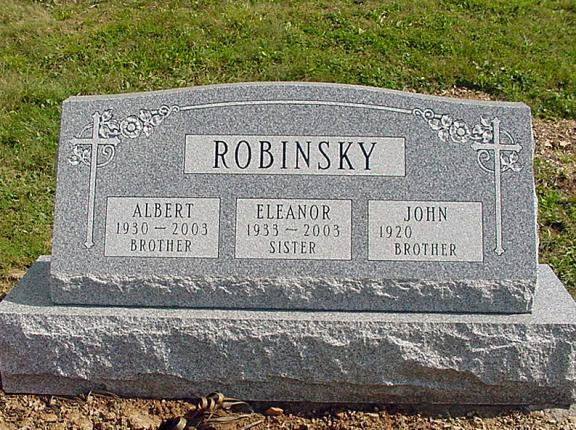Etched in Stone: Exploring the Intricate World of Cemetery Monuments
As we wander through cemeteries, we are often struck by the solemn beauty of the monuments and gravestones that dot the landscape. Each one tells a story – of lives lived, of loved ones lost, of history etched in stone. The artistry and craftsmanship displayed in these monuments reflect a deep respect for the departed and a desire to create lasting tributes that stand the test of time. Join us on a journey through the intricate world of cemetery monuments, where every stone has a tale to tell.
Types of Cemetery Monuments
There are different types of cemetery monuments that serve as enduring symbols of remembrance and honor for the departed. One common type is the headstone, a marker placed at the head of the grave displaying the name, dates, and sometimes a brief epitaph of the deceased. These traditional monuments come in various shapes and sizes, ranging from simple slabs to elaborate sculptures.
Another notable type of cemetery monument is the mausoleum, a large above-ground structure that can house multiple individuals or a single family. These grand monuments often feature intricate architectural details, such as columns, vaults, and ornate carvings, showcasing the wealth and status of those interred within.
Cenotaphs are monuments erected in honor of individuals buried elsewhere or whose final resting place is unknown. These symbolic structures serve as memorials to commemorate the lives and achievements of the deceased, often found in public spaces or within cemeteries as a form of collective remembrance.
Symbolism in Monument Design
Cemetery monuments serve as lasting tributes to those who have passed away, embodying a rich tapestry of symbolism that reflects various cultural and religious beliefs. Each element of a monument, from the materials used to the intricate carvings and inscriptions, conveys a deeper meaning about the life and legacy of the deceased.
One common symbol found on cemetery monuments is the image of an angel, representing protection, guidance, and the transition from earthly life to the afterlife. Angels are depicted in various poses and forms, each carrying its own significance based on different religious and spiritual beliefs.
In addition to angels, floral motifs are frequently incorporated into monument designs, symbolizing themes of beauty, rebirth, and the cycle of life and death. Flowers such as lilies, roses, and daisies are often intricately carved into stones, conveying messages of love, remembrance, and the enduring power of nature in the face of mortality.
Preservation and Conservation

As time passes, cemetery monuments are susceptible to weathering and deterioration. It is crucial to implement preservation and conservation strategies to protect these significant pieces of art. Historical monuments require careful maintenance to ensure their longevity and cultural value.
Conservation efforts involve a delicate balance between preserving the original aesthetic integrity of the monument and preventing further decay. Specialized techniques such as cleaning, repairing, and stabilizing the structures are employed to maintain the monuments' structural stability and visual appeal.
By engaging in regular preservation practices, future generations can continue to appreciate the intricate details and rich history encapsulated in cemetery monuments. These efforts not only honor the memory of those buried but also safeguard the artistic legacy for years to come.